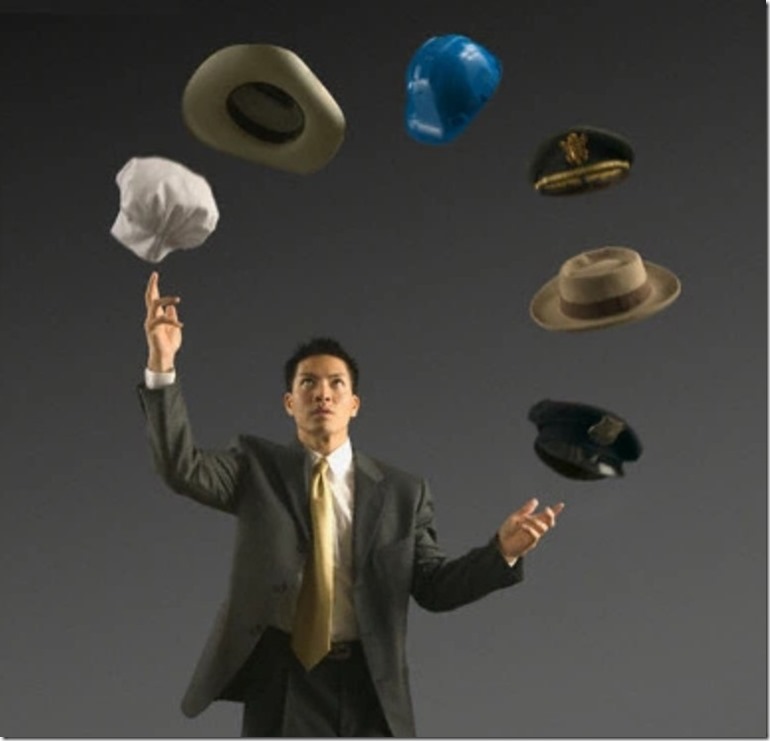“We are all doing each other’s job right now…” Lori Lynn
When I first started Dynamic Work, I explored a four flexibility dimensions – Geographical, Time, Role, Commercial. Geographical (where you work) is now very much accepted even before the COVID19 crisis hit, and now it predominates (and may continue so even after the crisis subsides). Commercial flexibility has also surged in the past decade (much more than I anticipated) enabled by the “gig economy” platforms which match workers to work on all sorts of terms (eg. Uber, Deliveroo, PayPerHour). Consequently, as I start to post more about the blossoming world of Dynamic Work, I will likely focus a bit more on the areas of Time (when you work) and Role (what you do).
For the latter, Lori once again provided inspiration sharing an account of how her workplace has had to adapt to the coronavirus situation:
- There is great overlap in knowledge base and skill set between the therapies, especially between OT and SLT; OT and PT. For example, PT and OT overlap in supporting a person to move safely, achieve optimum postural support and maintain physical strength and function. To a degree, we are able to support each other and take up some slack when resources are stretched. In order to do so, we take on complementary specialist training to enable us to work together to provide specific therapies that target two or more areas. Examples would be the combination of Communication work and Physiotherapy during Rebound and Veronica Sherbourne therapy sessions. In the absence of the lead therapist, other therapists or assistants can deliver therapy, because we adhere to the specific plans set out by the lead therapist. This ability to support each other in provision of therapy to our clients will be put into greater effect during the upcoming COVID-19 crisis, when we will be trying to maintain the respiratory health of our clients who are most at risk of chest infections and serving as liaisons between clients and therapists who are not able to be on site.”
Seth Godin’s post “What kind of org?” cleverly distinguishes between the conventional, rigid “organisation” and this more dynamic entity that behaves more like an “organism”:
- “Maybe you work with an organization. They have systems and charts and boxes. But the very nature of an organization is that someone developed it, figured it out and has to approve its changes. After all, it’s organized.Perhaps you work with an organism instead. An organism constantly changes. The cells develop, die and are replaced. It adapts to the current environment.”
